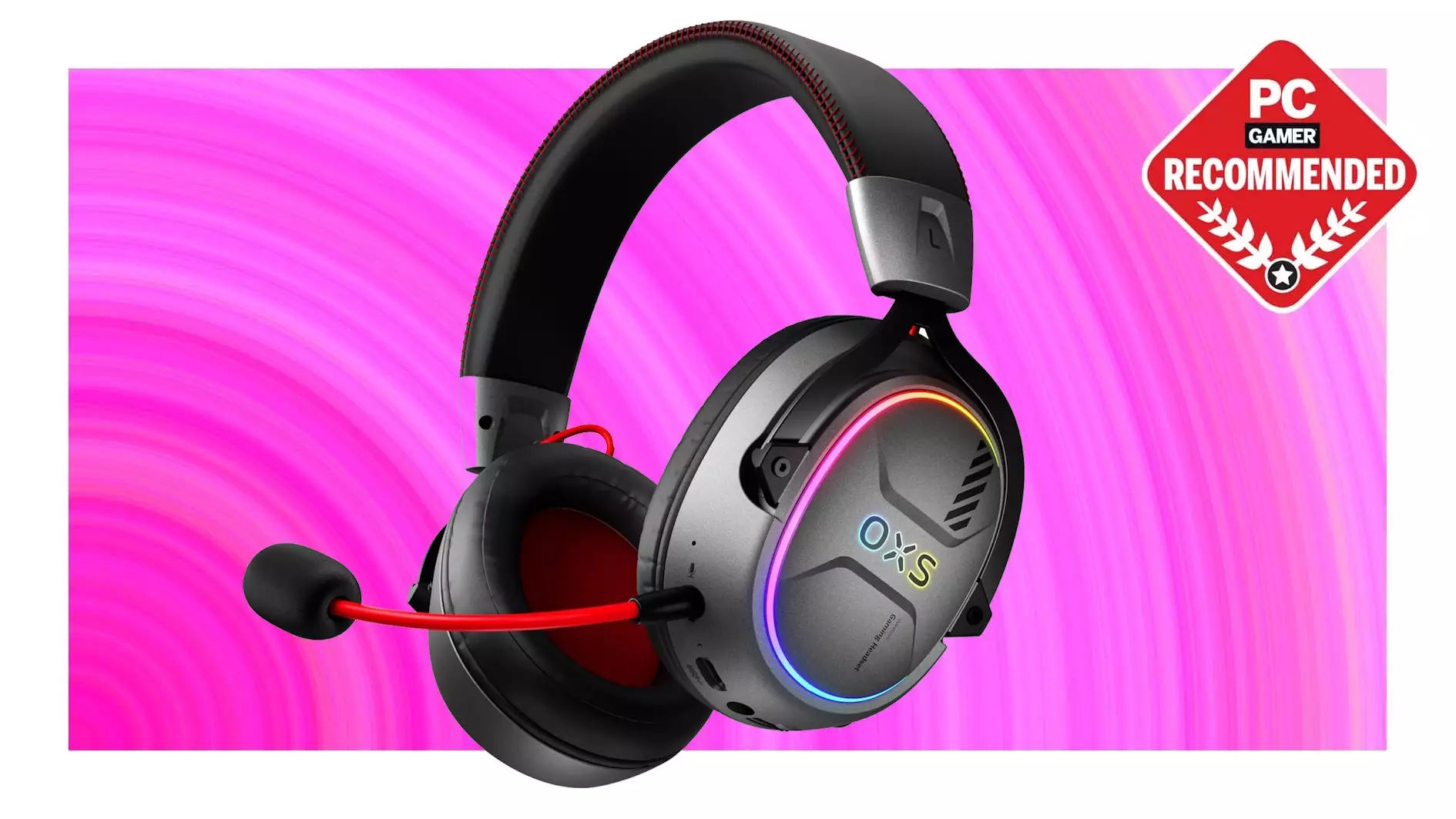In the world of gaming peripherals, there’s an unspoken rule: premium quality often comes with a steep price tag. For many gamers, especially those just dipping their toes into multiplayer escapades or casual gaming sessions, investing hundreds of dollars in high-end headsets seems unnecessary and impractical. This is where budget-friendly options like the OXS Storm G2 come into play. Despite its shortcomings in sound fidelity—lacking richness and clarity—the Storm G2 offers a decent experience at an accessible price point. It’s important to understand that these headsets serve a specific niche: they are tools for connectivity and convenience rather than audiophile-grade sound.
The prevailing misconception is that cheaper headsets are inherently inferior—an unfair assumption. While they may not reproduce sound with perfect accuracy or produce immersive audio environments, these devices often excel in functionality, ergonomics, and, most critically, affordability. For gamers who prioritize communication, microphone clarity, and ease of use over pristine audio quality, the Storm G2 could be a game-changer. It reminds us that value isn’t solely measured in sonic perfection but in how effectively a device meets user needs at a given price point.
The Myth of Sound-First Prioritization
The allure of high-fidelity audio can be tempting, but for many gamers, this is an idealistic pursuit that isn’t always necessary or even feasible. After all, if the primary goal is strategic communication rather than audiophile listening, then sound quality becomes a secondary concern. This perspective is especially valid for those who have accumulated hearing damage over years of listening to loud music or concerts. For them, diminishing returns in sound fidelity are a reality—they simply don’t notice the flaws.
What makes budget headsets like the Storm G2 appealing is their practicality. Features such as solid microphone quality, wireless connectivity options, and tolerable battery life offer real-world benefits. These are the essentials that enable extended gaming sessions, team coordination, and minimal physical discomfort. When viewed through this pragmatic lens, the shortcomings in audio clarity are less significant. Instead, their affordability, ease of use, and decent build become the main selling points. In essence, these headsets fill a niche that higher-end models often overlook: providing reliable service without draining your wallet.
The Power of Strategic Spending and Priorities
The most insightful takeaway from examining devices like the Storm G2 is the importance of aligning spending with personal priorities. Not everyone needs, or should spend, hundreds of dollars on a gaming headset. For casual or budget-conscious gamers, the value proposition is clear: get what you need without overpaying for features that will rarely be utilized.
Furthermore, deals like Prime Day significantly shift the game—these discounts make premium-sounding gear accessible to a broader audience. Paying around $50 for a wireless headset with a respectable microphone and decent comfort level is a bargain that shouldn’t be overlooked. It embodies the principle of strategic investment: acquire functional gear that serves your core needs while saving money that can be allocated elsewhere—whether that’s upgrading other components, saving for future purchases, or simply enjoying more leisure time without financial guilt.
This approach also cultivates a broader appreciation for practicality over prestige. By focusing on what truly enhances your gaming experience—reliable connection, comfort, clear communication—you make smarter purchasing decisions. The Storm G2, with all its flaws and compromises, exemplifies the ethos of value-driven gaming gear: it’s not about perfecting every detail but rather about optimizing your experience within realistic constraints.
Final Thoughts: Embracing the Budget Gaming Mindset
The narrative surrounding budget gaming accessories deserves a nuanced reevaluation. Devices like the OXS Storm G2 serve a purpose that isn’t about achieving audiophile excellence but about democratizing access to wireless gaming tech. Their value lies in their ability to deliver functional, hassle-free connectivity at a price that’s accessible to most. For many gamers, especially those who prioritize practicality over perfection, these headsets are more than sufficient—they’re smart investments.
The critical takeaway is that gaming isn’t always about having the best gear; it’s about making gear work for you. Understanding your own needs, setting realistic expectations, and seizing deals when they come can transform humble peripherals into powerful tools of enjoyment. Budget gear like the Storm G2, despite its imperfections, underscores an important truth: sometimes, the greatest value isn’t in extravagance but in strategic simplicity.

